Venous insufficiency is an often uncomfortable condition, and it’s the doctor’s way of describing veins in the legs that don't properly keep blood pumping back towards the heart. While venous insufficiency isn’t usually a serious medical concern, it can manifest as varicose veins or swelling that can be both unsightly and painful.
If you’re dealing with poor circulation, compression socks for venous insufficiency can be a simple and accessible solution to boost your daily comfort. We’ve rounded up the best compression socks on the market to help you find the perfect pair for you.
What is Venous Insufficiency?
Normally, the veins and valves in your legs work to pump blood back up to your heart, but venous insufficiency occurs when these blood vessels are damaged or don’t work properly. This can affect your deep, superficial, or perforating veins, and can worsen over time. Blood pooling in the legs over time can cause further damage to the blood vessels in the legs, leading to chronic venous insufficiency.
While the symptoms of venous insufficiency are usually fairly mild at first, if left unmanaged they can become more visible, uncomfortable, or even painful over time. If you suspect that you may be dealing with venous insufficiency, keep an eye out for these symptoms:
- Achey, tired, or heavy feeling legs
- Tingling, pins and needles, or itching sensation in your legs
- Cramping at night
- Leg pain, especially discomfort that gets worse when standing and eases when legs are raised
- Swelling of the lower legs (edema), especially at the end of the day
- Discolored skin that looks reddish-brown or leathery
- Varicose veins
- Dry, flakey skin
- Open sores (ulcers) that are red or weeping
Causes of Venous Insufficiency
When venous insufficiency becomes chronic, there isn’t usually one specific cause. Rather, there are a range of genetic and lifestyle risk factors that may influence whether or not you develop venous insufficiency.
Some of these risk factors include:
- Age
- Genetic predisposition or family history
- Being female (progesterone can affect the blood vessels)
- Having a history of deep vein thrombosis in the legs (DVT blood clots can damage the blood vessels in the legs)
- Obesity
- Pregnancy
- Spending a lot of time sitting or long hours standing
- Being tall (blood has a long way to travel to get back to your heart!)
- Congenital factors, such as malformations in leg veins
Compression Socks for Venous Insufficiency
While venous insufficiency can be uncomfortable or make you feel self conscious, the good news is that there are some simple non-invasive treatment options to help improve your symptoms.
Lifestyle changes that can assist with venous insufficiency include weight management, elevating the legs, and regular exercise, all of which will help reduce the load on your lower legs and boost blood flow back to the heart. Alongside these lifestyle measures, compression therapy is commonly recommended for treating venous insufficiency.
How does compression therapy work?
Compression socks or stockings work by applying pressure to the legs to keep the blood moving, prevent it from pooling, and help alleviate symptoms such as varicose veins, swelling, and discomfort.
Compression socks essentially act in the same way as a layer of muscles contracting against the blood vessels in your lower legs. Most compression socks provide graduated compression, meaning the level of compression is strongest at the ankle and gradually decreases up your leg.
Compression socks for venous insufficiency are an effective long term management option, and there are many different products on the market to suit anyone’s needs or style preferences.
Crazy Compression To The Rescue
With so many compression socks available, it can be hard to know where to start. The good news is that Crazy Compression has taken the best of graduated compression technology and created a huge variety of colors and patterns to choose from. If compression socks are going to become a part of your daily life, you may as well have some fun with them!
Here are our top picks for Crazy Compression socks for venous insufficiency:
1. Bright Pink OTC Solid Compression Socks
These women’s Bright Pink Compression Socks from Crazy Compression are a playful take on a classic style. The solid color makes them simple enough for regular wear, while the pop of eye-catching color will brighten your day. With a true graduated compression of 15-20 mmHg, these socks will keep your lower leg feeling supported and comfortable all day long.
2. 360 Digital-Tie-Dye Compression Socks
These men’s 360 Digital-Tie-Dye socks from Crazy Compression bring daily support and vintage charm. The stay-cool fabric keeps your feet feeling breezy and comfortable on hot summer days, and the rainbow tie-dye print lets you embrace your inner hippie. It’s a design so good you’ll want to show it off!
3. 360 Mermaid Purple Extra Wide Calf Compression Socks
If you’re worried that your legs won’t fit regular compression socks, then look no further than the wide calf collection from Crazy Compression. These 360 Mermaid Socks combine a fun aquatic print with the benefits of graduated compression in a sock that has been specially designed for extra wide calves. Comfort is key!
Beating Venous Insufficiency with Style
If you’re dealing with the discomfort in your lower legs, then look no further than Crazy Compression. Compression socks for venous insufficiency are an easy, effective way to boost your circulation and keep your lower legs comfortable and healthy. Make sure to wear your Crazy Compression socks for long days on your feet or to boost your comfort on the daily!

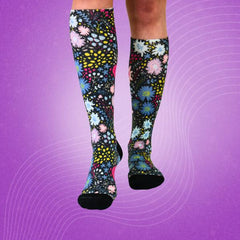
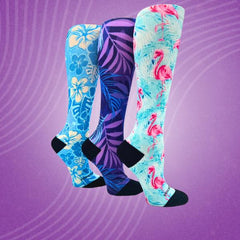
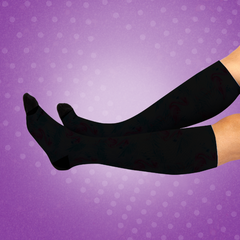

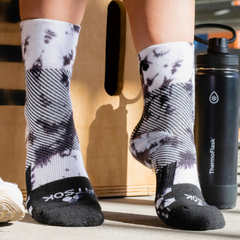
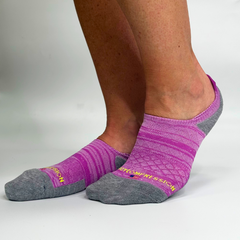

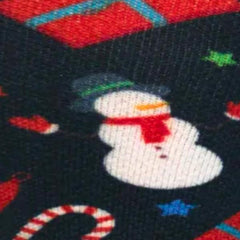

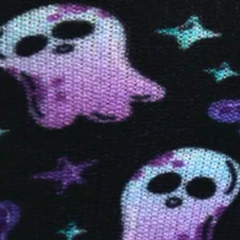
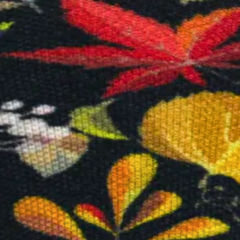

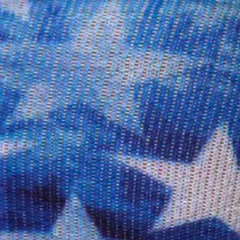


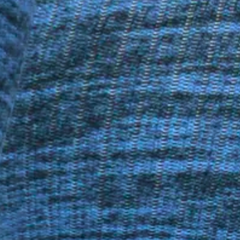
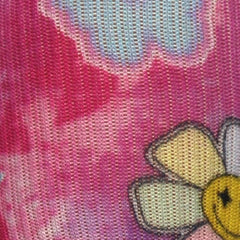

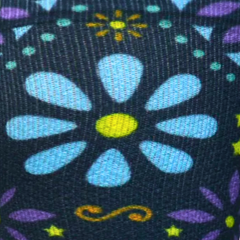
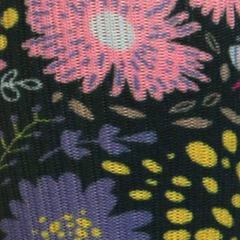
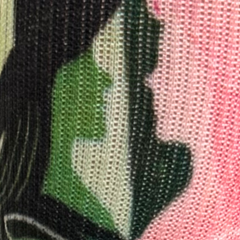
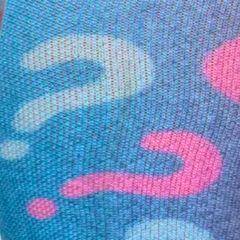
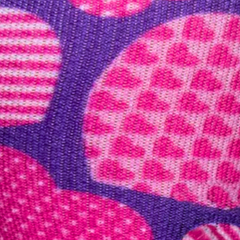
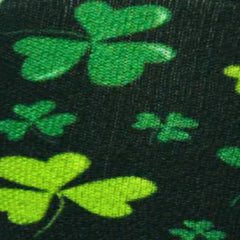
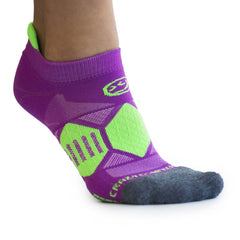

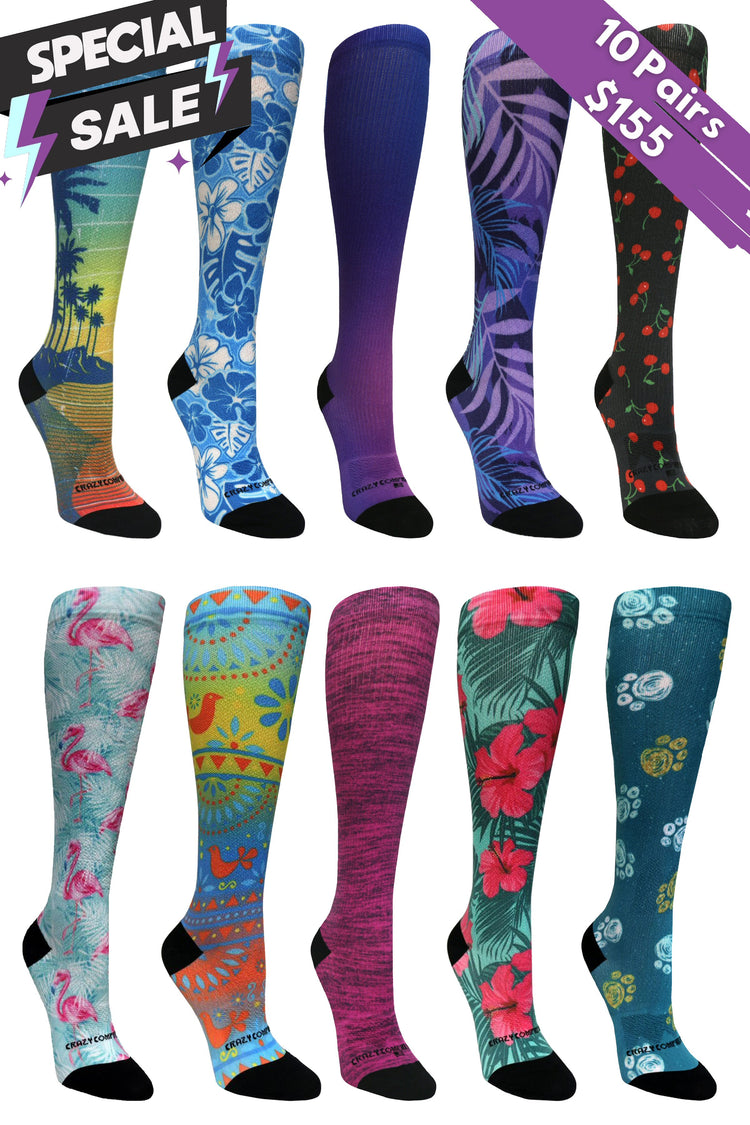



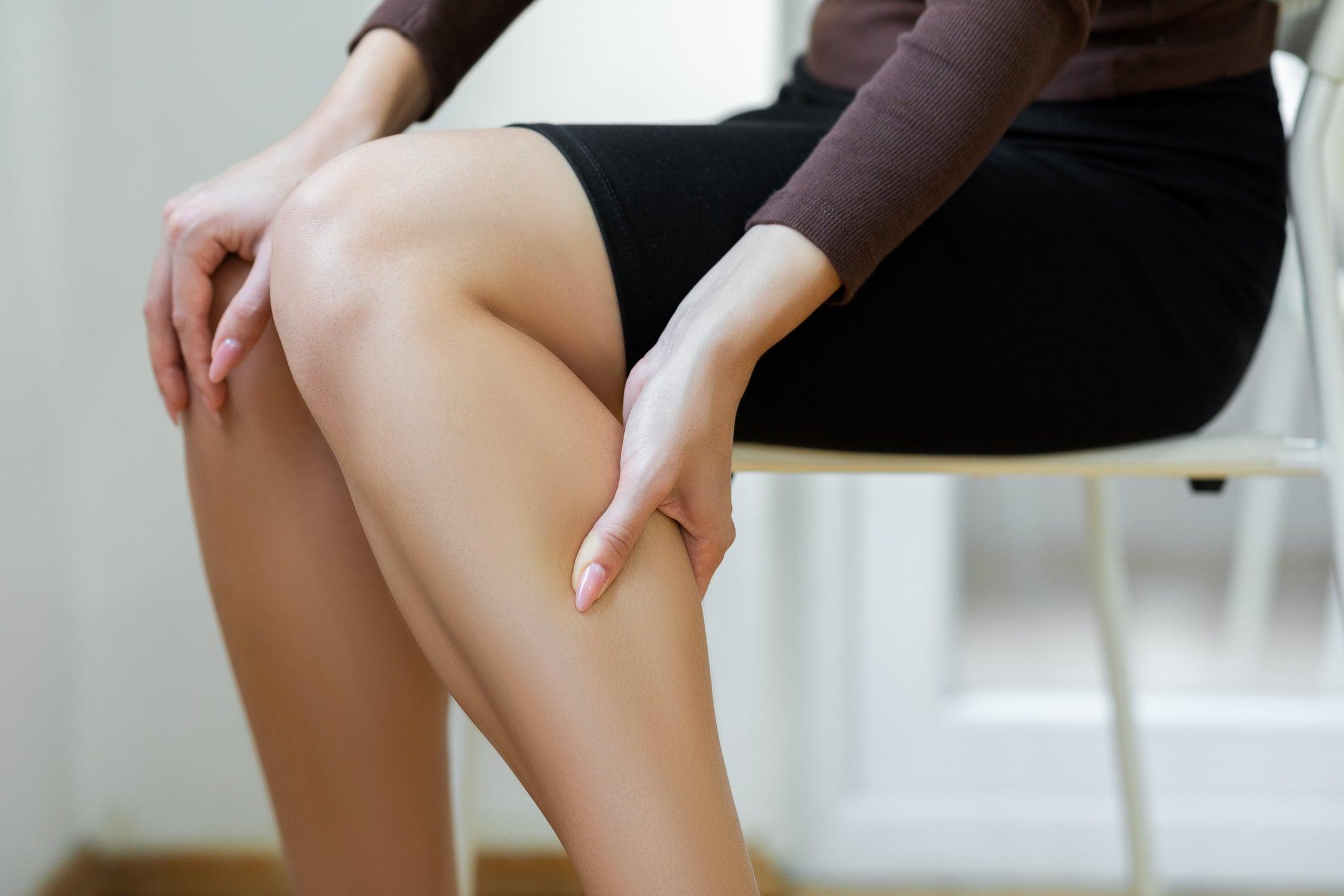
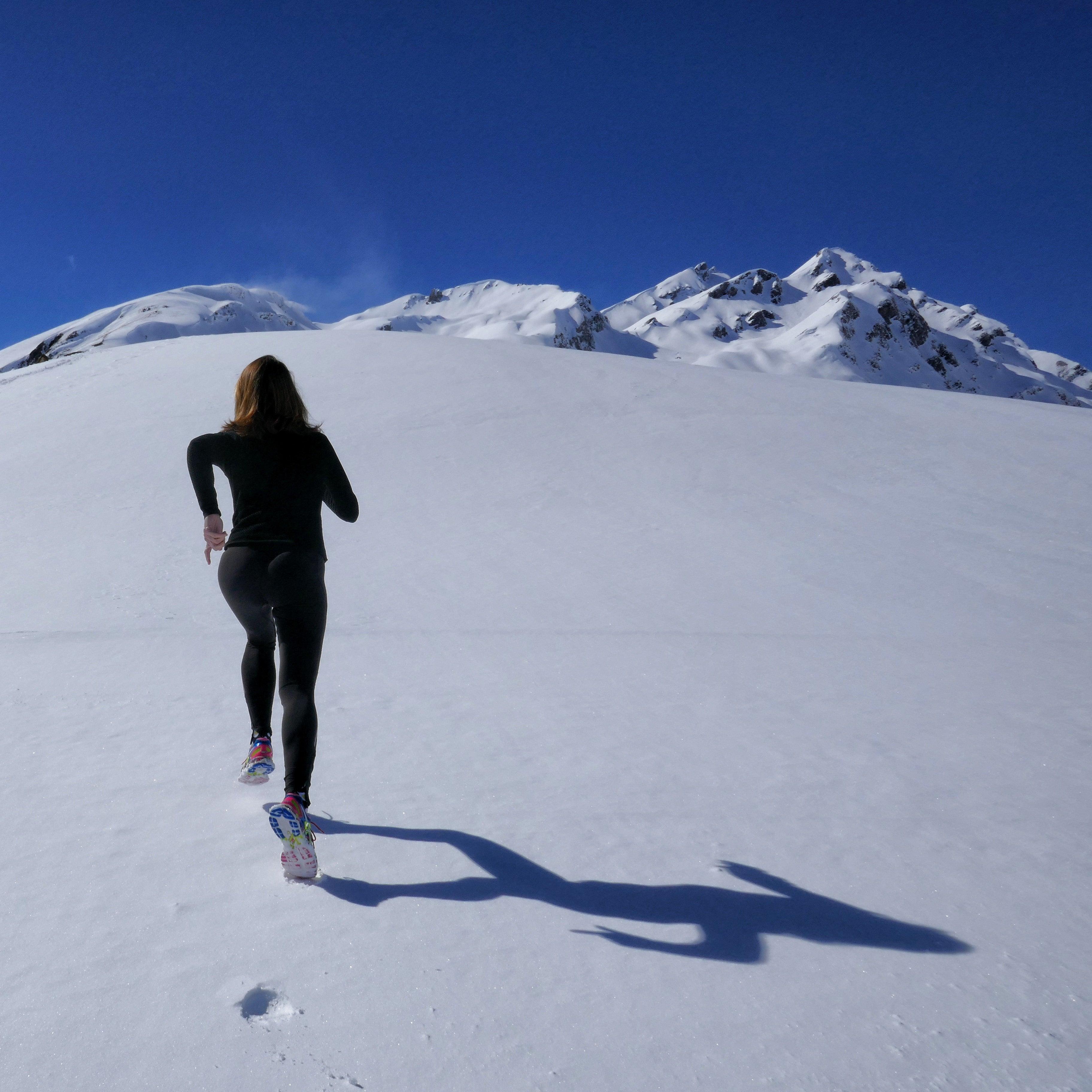
Leave a comment
This site is protected by hCaptcha and the hCaptcha Privacy Policy and Terms of Service apply.